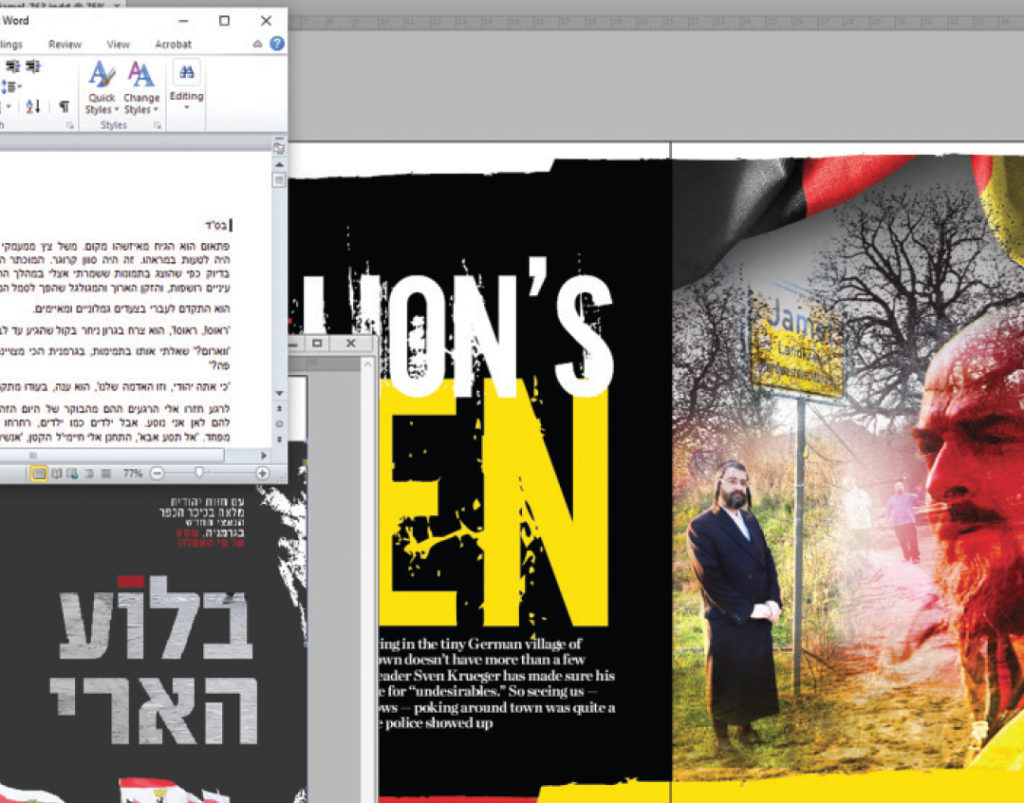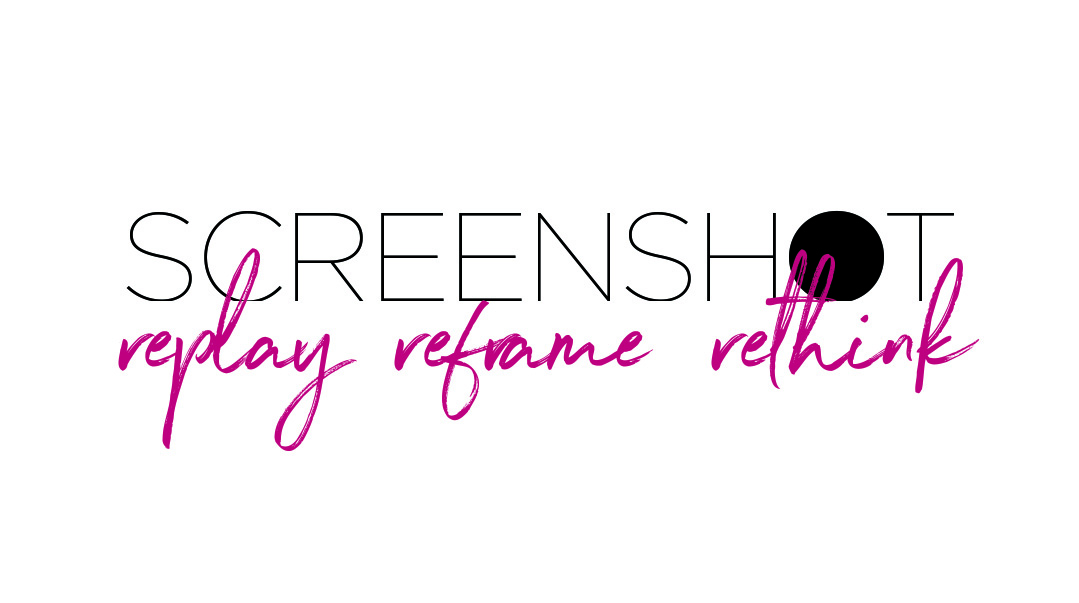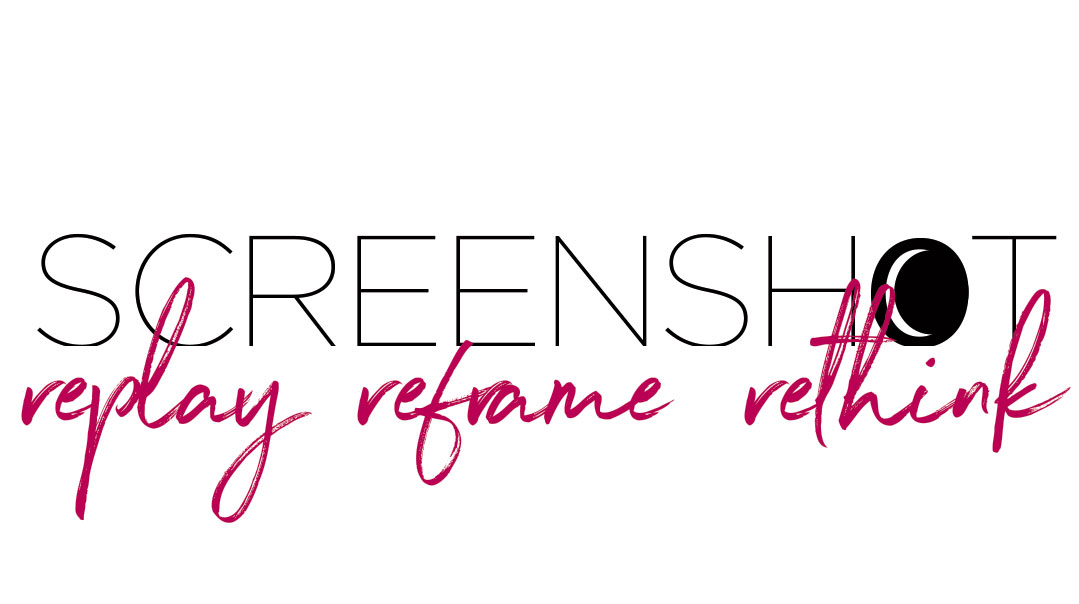Better in Translation

Combining the best of both publications

W
alk into the Har Hotzvim office of Mishpacha and you’ll see a big desk with two administrators sitting side by side, handling phone calls and correspondence amid packed to-do lists. Just past the desk is a hall branching two ways. One way points to the English edition’s headquarters, the other to the Hebrew’s. These two magazines are different creatures, with very different styles and tones. That’s because they’re crafted for different readerships, with very distinct tastes, educations, and cultures.
Still, the two publications like to “nosh” on one another’s material, occasionally sharing high-profile interviews, sharp analysis, or beautiful storytelling with a different readership in a different language.
But it’s not as simple as translating the material. More often than not, it’s recalibrating the piece to have maximum impact and relevance for our readers.
Over the years, we’ve refined our translating process. The first step is picking which pieces to translate. Sometimes the story is an obvious pick — it’s a name that excites frum readers wherever they live. Other times it’s a strong, dramatic human-interest story that pulls on threads of emotion that transcend cultural or linguistic boundaries. Every now and then it’s a colorful, quirky, or nostalgic window into a different world — the type of piece that holds a certain charm even if the characters aren’t familiar. And sometimes it’s the fruit of a writer who commands a following no matter who’s reading.
The next step is finding not just a good translator, but the right translator. One of our translators is a news junkie; she’s our top choice for news-related pieces, because she’s familiar with the players, the terminology, and the Knesset squabble of the week. Another one of our translators does beautiful work on pieces about gedolim, turning out translations that are warm and elegant. Then there’s the rare translator who can do it all — fiction, opinion columns, features, news.
But every translation — even a polished, professional translation — needs a round of serious editing before print. On our side of the office, editors are especially skilled at the more complex edits these translations often demand: Refining the grammar. Breaking down overly long sentences. Smoothing out phrasing and syntax. Finding those words that scream “translation.” (My favorite translation giveaway is “mythological” — the proper translation of the Hebrew “mytologi” is actually “legendary.” There’s also “tens” — it usually, but not always, sounds more natural translated as “dozens.” And of course, there are the seven titles used before the name of a prominent rav. In Hebrew, where there’s more of a comfort level with flowery language and acronyms, most readers won’t even notice. In English, it sounds jarring and awkward.)
So on the level of language and phrasing, our translations go through a lot of work before making it into print. But there are bigger issues too. Often the lead that works nicely for an Israeli readership falls flat for Americans. Sometimes the piece could use another round of research, more background information. Sometimes our editors will shift the sidebar into the mainbar and create a new sidebar. Or they’ll change the style from a Q & A session to a more sophisticated mix of narrative and quotes.
And sometimes we look at a piece and say, “What a great name, what a great story — but this is not an angle that will excite our readers.” That’s when we contact the interviewee ourselves and re-interview them with new questions and new areas of focus that are tailored to the English-speaking reader.
So when you’re reading a translated piece, we hope you’re reading something that combines the best of both publications: high-level reporting, high-level access, and high-level editing, which capitalize on the talents and achievements of our Hebrew-speaking colleagues for an English-speaking public. Because that dual editorial desk is undoubtedly an edge — and some things really do read better in translation.
(Originally featured in Mishpacha, Issue 769)
Oops! We could not locate your form.



